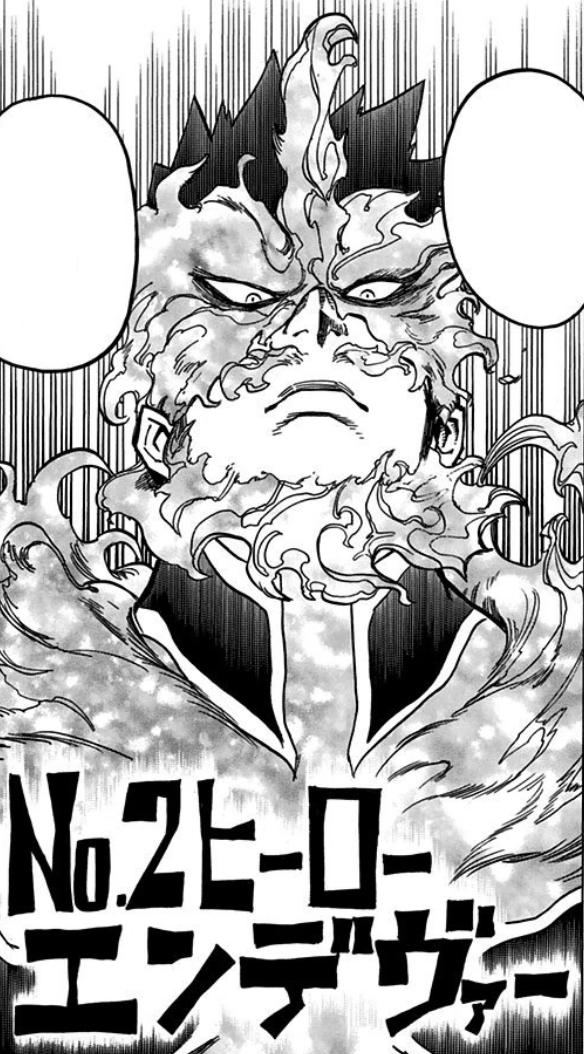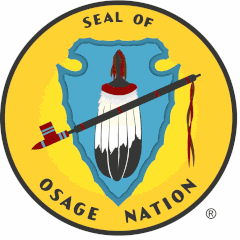Here are my Babylonia and Mongolia, as posted in another thread.
Babylonians:
Civilization ability: Ummânū – receive a random eureka upon attracting a great person, campus districts receive +1 science if built next to a river
Unique unit 1: Axeman (replaces swordsman) – available at bronze working, and does not require iron
Unique unit 2: Kassite Chariot (replaces heavy chariot) – 1 range, 35 range strength, +1 movement if starts on level terrain
Unique infrastructure: Ziggurat – +2 faith, +1 culture if next to a river, +1 culture after discovering natural history
(This design is based on replacing the Sumerians with the Babylonians. This is why Babylonia receives a ziggurat improvement.)
Leader 1: Hammurabi
Capital: Babilim
Ability: The Lawgiver – code of laws is researched 50% faster, legacy bonuses for all governments provide a 2% bonus instead of 1%
Agenda: An Eye for an Eye – likes leaders who declare war on his enemies, dislikes leaders who refuse joint wars, aims to conquer city-states that went to war against him
Leader 2: Nebuchadnezzar
Capital: Babilim
Ability: Babylonian Revival – ancient walls add +70 to outer defense strength, antiquity sites within Babylonia’s borders are revealed with recorded history, artifacts of Babylonian origin may be extracted by builders and stored in temples, providing 1 faith
Agenda: Might of Marduk – likes civilizations with large armies and cities with many districts and buildings, dislikes civilizations with small armies and many small cities
Mongols:
Civilization ability: Yam – builders can construct roads, +1 movement for cavalry units
Unique unit 1: Kheshig (replaces knight) – -6 melee strength, 45 ranged strength, earn promotions 50% faster
Unique unit 2: Hui-Hui Pao (replaces siege tower) – not a support, but rather a siege unit, 25 melee strength, 45 bombard strength, -20 production cost, upgrades to bombard
Unique infrastructure: Örtöö – cannot be built adjacent to a city centre, must be built on a road, units heal twice as fast on a tile with an örtöö, +1 movement for cavalry units passing through it
Leader 1: Genghis Khan
Capital: Avarga
Ability: Yassa – cannot declare holy wars, and holy wars cannot be declared against him, pillaging consumes -1 movement point, +10 production in cities during war
Agenda: Mongol Terror – likes civilizations with large armies and empires, dislikes civilizations with small armies and empires, especially on his home continent
Leader 2: Kublai Khan
Capital: Khanbaliq
Ability: Great Yuan – +1 culture and science from foreign trade routes, +2 when trading with a city on a different continent
Agenda: Pax Mongolica – likes leaders who send trade routes to his cities and have a lower tourism output, dislikes those not trading with him and producing more tourism
Babylonians:
Civilization ability: Ummânū – receive a random eureka upon attracting a great person, campus districts receive +1 science if built next to a river
Unique unit 1: Axeman (replaces swordsman) – available at bronze working, and does not require iron
Unique unit 2: Kassite Chariot (replaces heavy chariot) – 1 range, 35 range strength, +1 movement if starts on level terrain
Unique infrastructure: Ziggurat – +2 faith, +1 culture if next to a river, +1 culture after discovering natural history
(This design is based on replacing the Sumerians with the Babylonians. This is why Babylonia receives a ziggurat improvement.)
Leader 1: Hammurabi
Capital: Babilim
Ability: The Lawgiver – code of laws is researched 50% faster, legacy bonuses for all governments provide a 2% bonus instead of 1%
Agenda: An Eye for an Eye – likes leaders who declare war on his enemies, dislikes leaders who refuse joint wars, aims to conquer city-states that went to war against him
Leader 2: Nebuchadnezzar
Capital: Babilim
Ability: Babylonian Revival – ancient walls add +70 to outer defense strength, antiquity sites within Babylonia’s borders are revealed with recorded history, artifacts of Babylonian origin may be extracted by builders and stored in temples, providing 1 faith
Agenda: Might of Marduk – likes civilizations with large armies and cities with many districts and buildings, dislikes civilizations with small armies and many small cities
Mongols:
Civilization ability: Yam – builders can construct roads, +1 movement for cavalry units
Unique unit 1: Kheshig (replaces knight) – -6 melee strength, 45 ranged strength, earn promotions 50% faster
Unique unit 2: Hui-Hui Pao (replaces siege tower) – not a support, but rather a siege unit, 25 melee strength, 45 bombard strength, -20 production cost, upgrades to bombard
Unique infrastructure: Örtöö – cannot be built adjacent to a city centre, must be built on a road, units heal twice as fast on a tile with an örtöö, +1 movement for cavalry units passing through it
Leader 1: Genghis Khan
Capital: Avarga
Ability: Yassa – cannot declare holy wars, and holy wars cannot be declared against him, pillaging consumes -1 movement point, +10 production in cities during war
Agenda: Mongol Terror – likes civilizations with large armies and empires, dislikes civilizations with small armies and empires, especially on his home continent
Leader 2: Kublai Khan
Capital: Khanbaliq
Ability: Great Yuan – +1 culture and science from foreign trade routes, +2 when trading with a city on a different continent
Agenda: Pax Mongolica – likes leaders who send trade routes to his cities and have a lower tourism output, dislikes those not trading with him and producing more tourism






